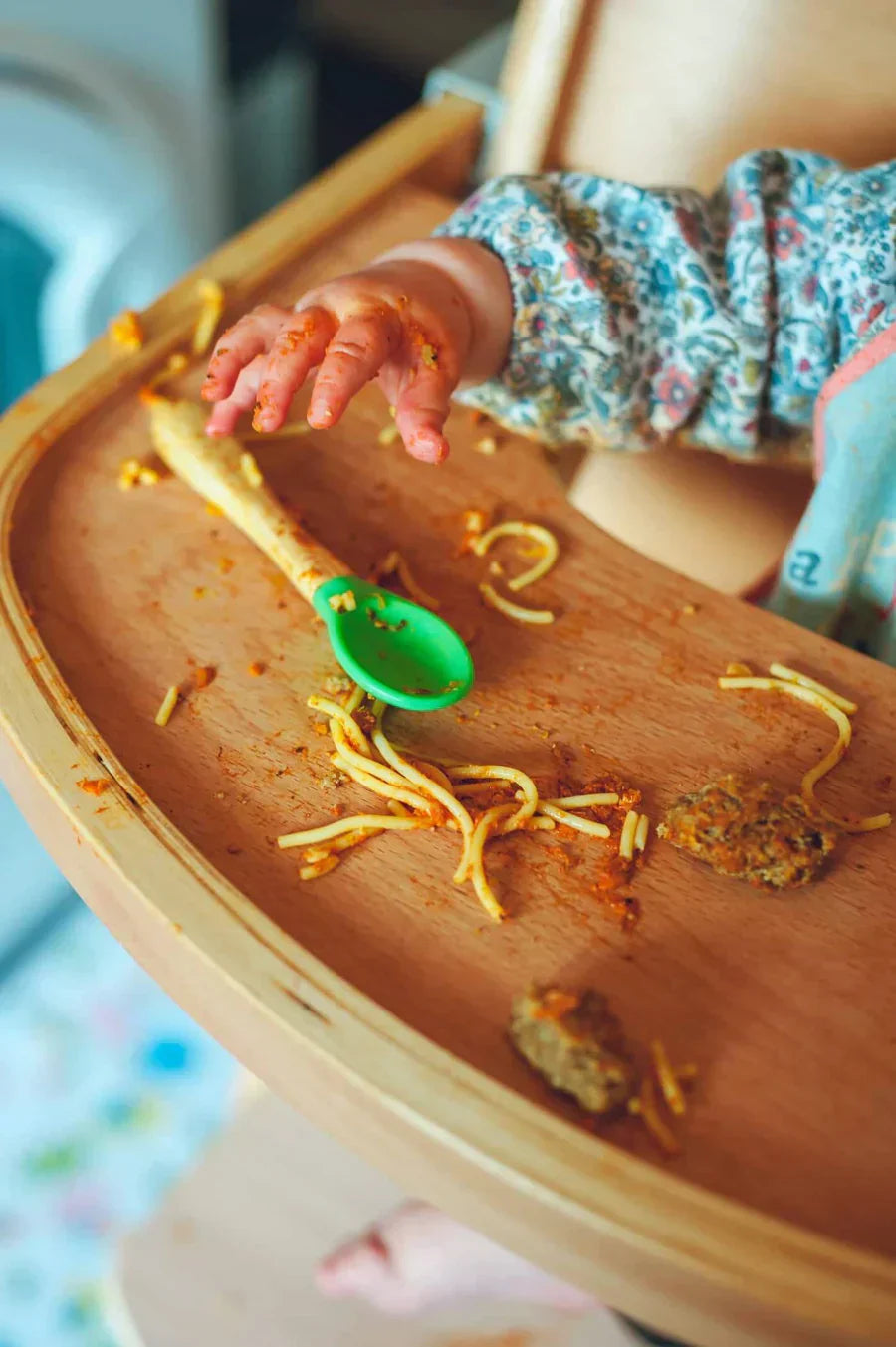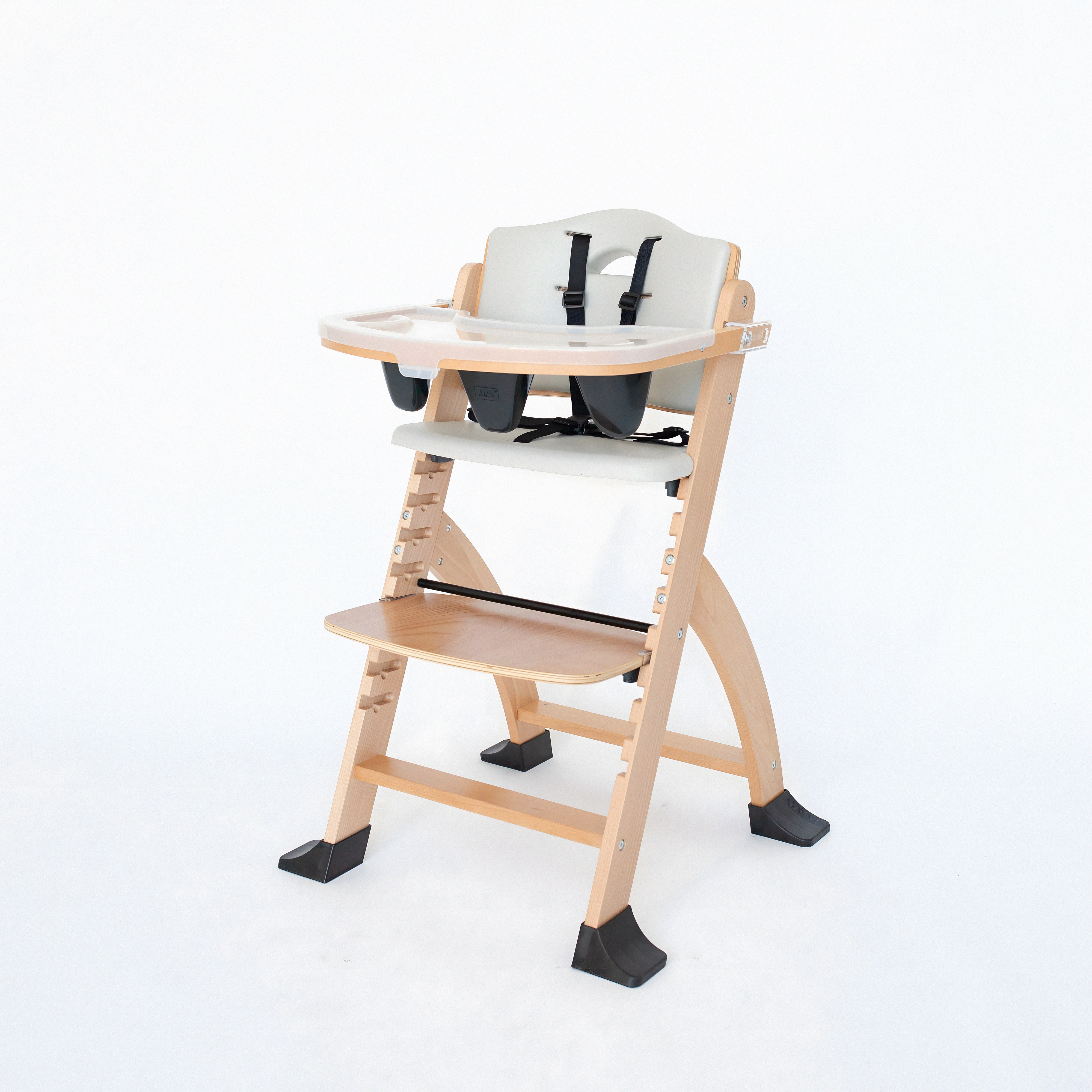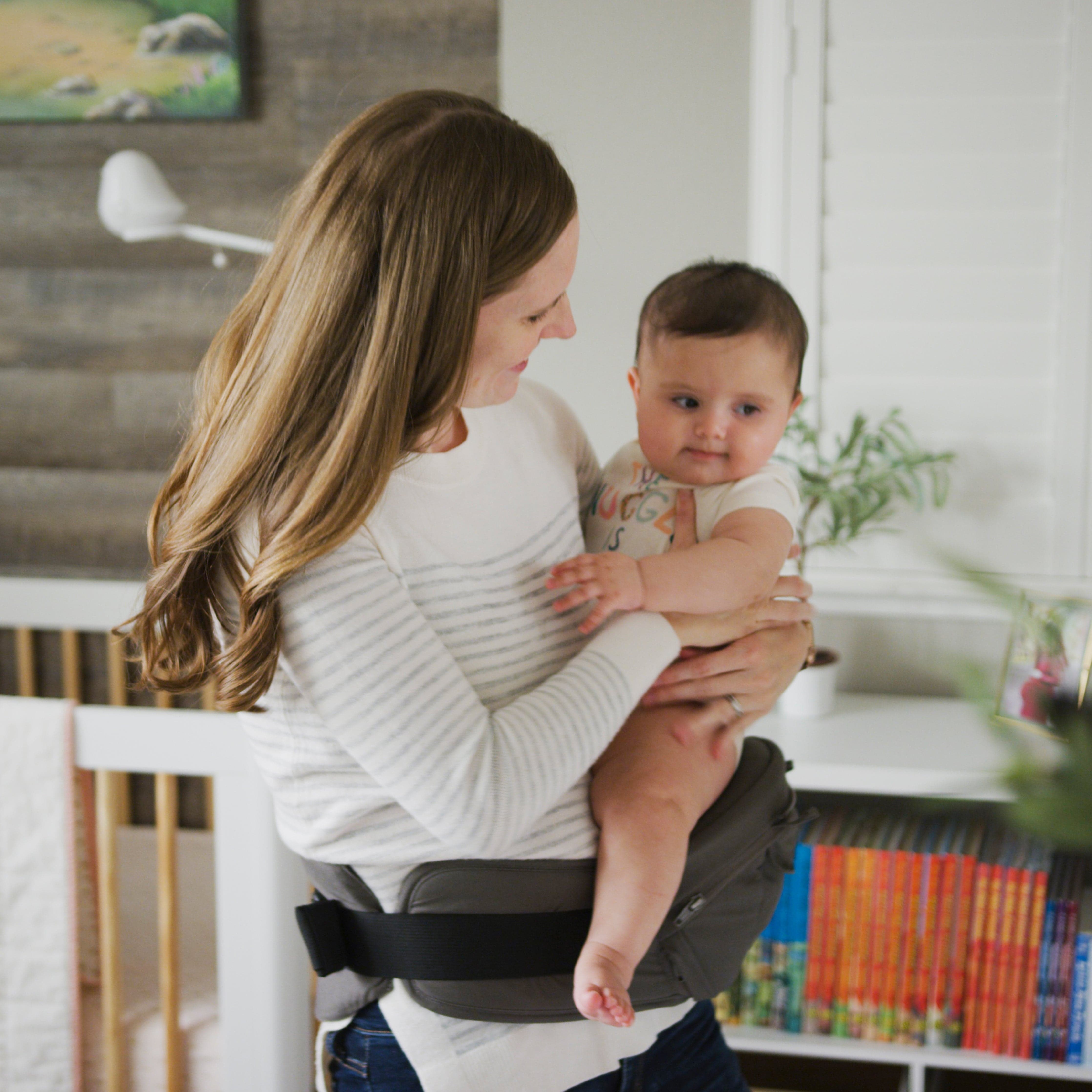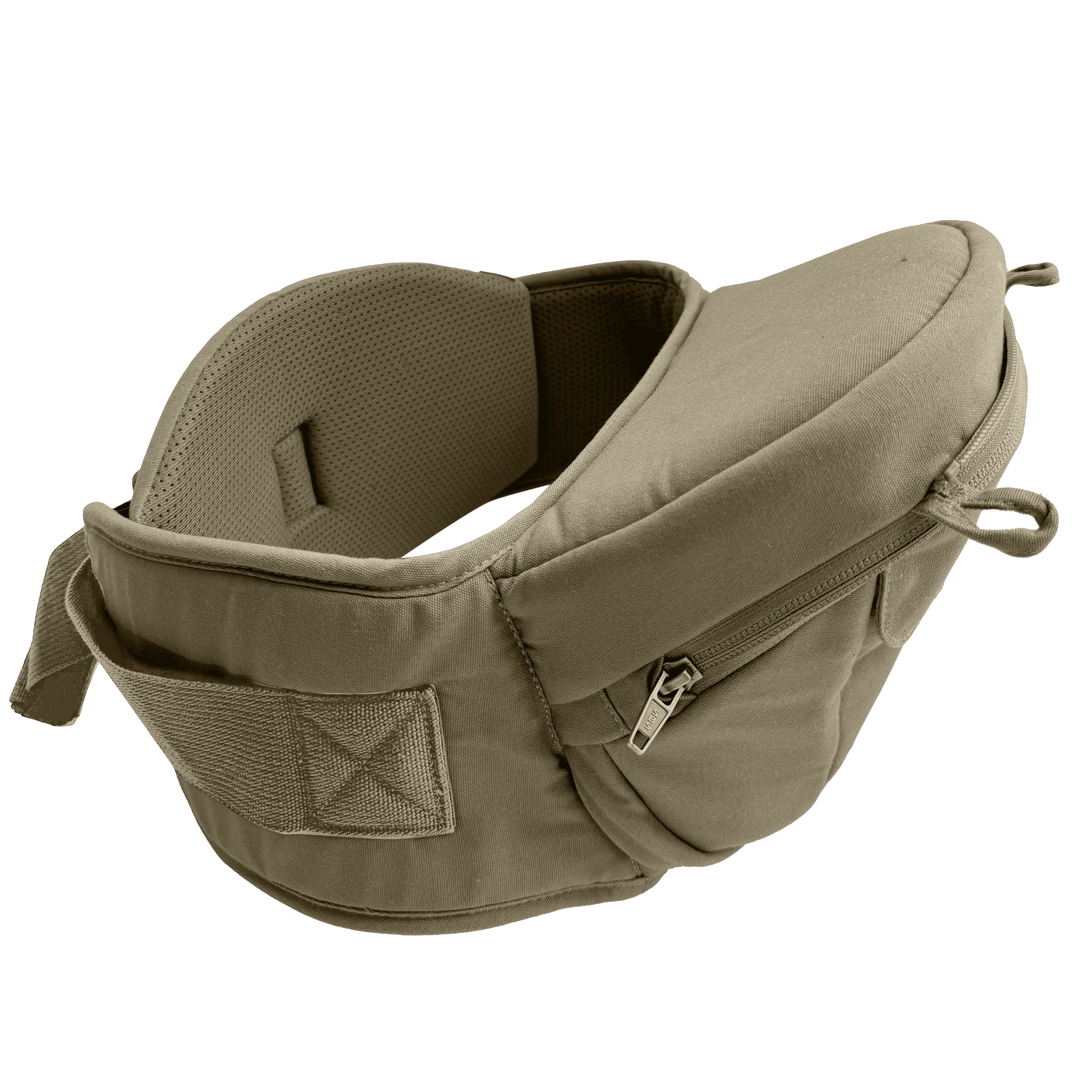Solid Wood High Chairs: Why They’re Better Than Plastic

Welcome to parenthood! You’re going to have a high chair at your kitchen table for a long, long time. Before you let family members donate their old high chairs to you (or you randomly select the one with the highest ratings on Amazon), learn about what to look for in a high chair and what would be best for your family. You’ll especially want to think about the chair’s material: a solid wood high chair, or one made of plastic.
Spoiler alert: wood is better. Let’s dive into why:
Benefits of Solid Wood High Chairs

Wooden high chairs are a great option for people looking for an aesthetically pleasing high chair that will take up permanent residence in their kitchen. They are sturdy and durable, able to withstand accidents and getting knocked into. Many companies offer replacement parts for cushions, brackets, and straps that make it a sustainable option. No need to replace the high chair after lots of wear and tear. Fix it up, instead!
Attractive Aesthetic
More and more parents are seeking minimalist options for their children. Natural wood toys and solid wood high chairs are a great way to achieve a minimalist aesthetic in your home. Calming, grounding and comfortable — many parents prefer the look of wooden high chairs.
Sturdy and Long Lasting
No need to worry about your rambunctious labrador jumping up and knocking your child over in his wooden high chair. The weight of wooden high chairs prevents tipping and dangerous accidents. Parents of children with special needs will appreciate the versatility of an Abiie® high chair because it’s suitable as your child grows into adulthood. Solid wood high chairs are designed to last a long time. Once your children are grown-ups and start having their own kids, you can pull out the wooden high chair from when they were little and plop your grandkids in it!
The One Downside: Portability
Wooden high chairs are not ideal for parents looking for portability. They tend to be heavier and not collapsible. Solid wood high chairs also tend to be more expensive than plastic feeding chairs.
Here’s an idea for parents that are looking for portable chairs: buy two! Have a wooden chair that lives in your kitchen for mealtime at home. You can keep a backup collapsible plastic high chair that you can easily throw in the trunk for a trip to Grandma’s house.

Are Plastic Feeding Chairs Good For Anything?
There are some pros to having a plastic high chair! They tend to be less expensive and more portable. These are a great option for a young family with a tight budget or for people who move around regularly.
If you decide to buy a plastic high chair, try to find one with a relatively simple design to make sure that bits of food don’t get stuck in the little crevices. Plastic chairs are easy to wipe up, but many designs are overly complicated. These nooks and crannies can harbor dirt, food, and bacteria. This brings us to the cons…
The Downsides of Plastic High Chairs
Unfortunately, most plastic high chairs become dirty and outdated within a few years. They are great for temporary use, but they have a tendency to clash with stylish decor. Lightweight, portable plastic high chairs have a higher risk for tipping over. The “sturdier” options often have fancy features that collect dirt and grime.
Unlike solid wood high chairs, plastic high chairs break and crack after years of use and replacement parts are hard to come by. Many companies offer to replace the whole chair. This is great from a customer service standpoint, but terrible for the environment! Most broken plastic feeding chairs end up in a landfill after a few years.
Proud To Offer Solid Wood High Chairs
Abiie® takes pride in offering the Beyond Junior® Y High Chair. For the reasons above, we decided to use wood for our high chair design. Featuring treated beechwood from sustainable European forests and an entirely modular construction, the Beyond Junior® is the ultimate high chair. We’ve won numerous awards and been featured on news segments and talk shows like the Steve Harvey Show.
Come experience Abiie’s industry-leading innovation today!
Frequently Asked Questions About Solid Wood High Chairs
1. What is the best high chair brand?
We believe our Beyond Junior Y High Chair is the best high chair brand. Compared with a plastic feeding chair, our solid wood high chair (made of durable beechwood) is biodegradable and recyclable, making it a more sustainable high chair option. It is also designed to disassemble easily and features accessible access points for cleaning: the harness, seat, and belt are all simple to remove and replace if needed.
2. At what age should you stop using a high chair?
With the Beyond Junior Y High Chair from Abiie, your child doesn’t ever have to stop using their high chair. That’s because it comes with a patented EZ-Seat design that allows the chair to grow with your child. That means your child can use the chair from infancy to adulthood.
3. How do you clean a solid wood high chair?
When cleaning a wooden high chair versus a plastic feeding chair, avoid utilizing an all-purpose cleaner, as it is not formulated to work with delicate materials. Rather, use warm water and mild detergent. You may also use a solution designed specifically for wood. For instance, consider using Murphy’s Oil Soap, as it is mild and will clean your high chair without causing damage to it.
4. When should a baby be in a high chair?
Your baby should begin using a high chair at 6 months old. They should be able to sit upright to eat at this age. And most children will continue to use a high chair until 1.5 years to 3 years old.
5. Why are baby high chairs important?
High chairs make feeding easier for the parents of little ones and also allow your child to focus on feeding rather than engaging in play and other activities at mealtime. High chairs also encourage independent eating. This will help your little one to more quickly master feeding themselves.
 USA
USA
 Canada
Canada
 Japan
Japan
 Malaysia
Malaysia
 Singapore
Singapore
 Taiwan
Taiwan





